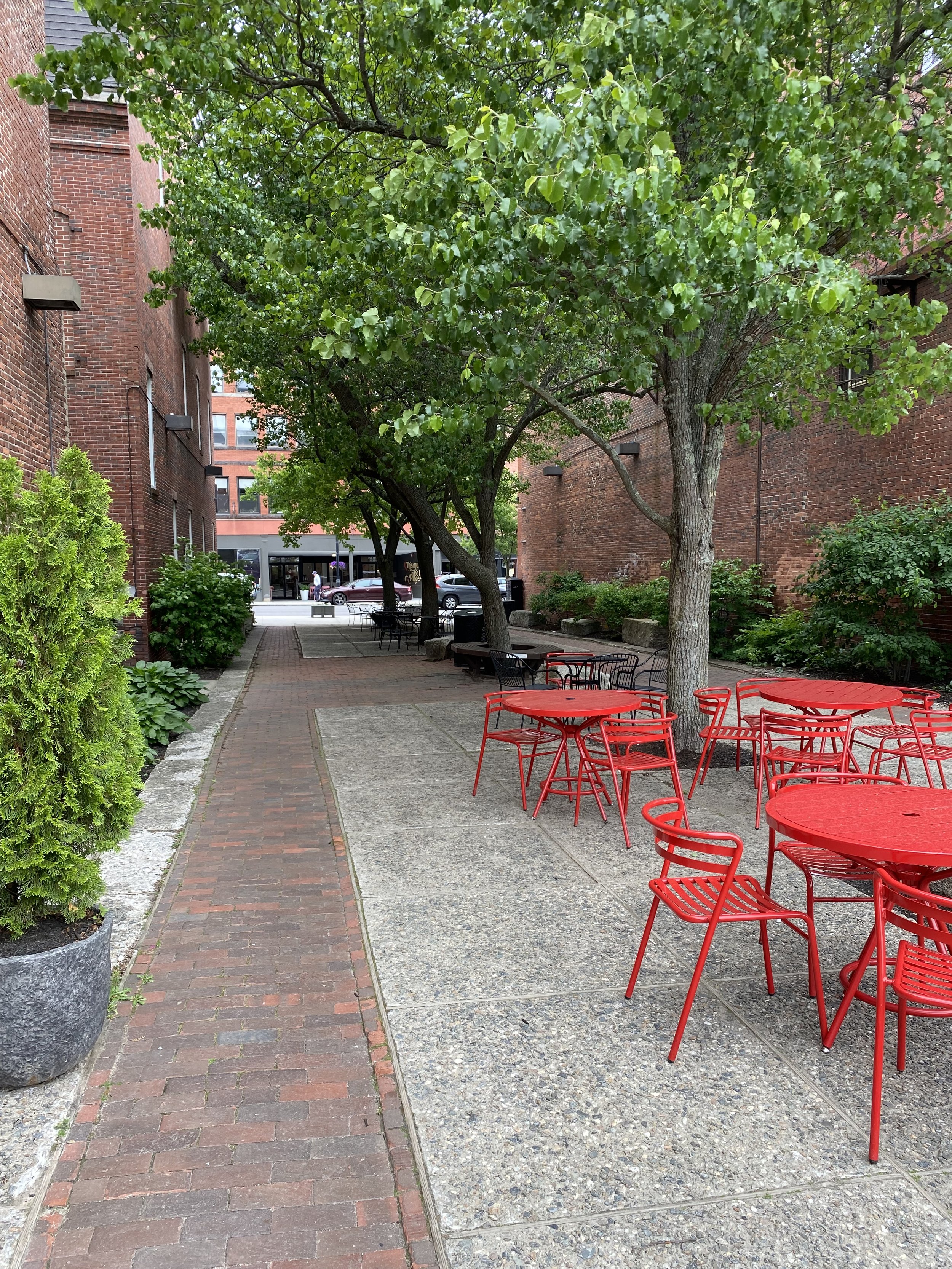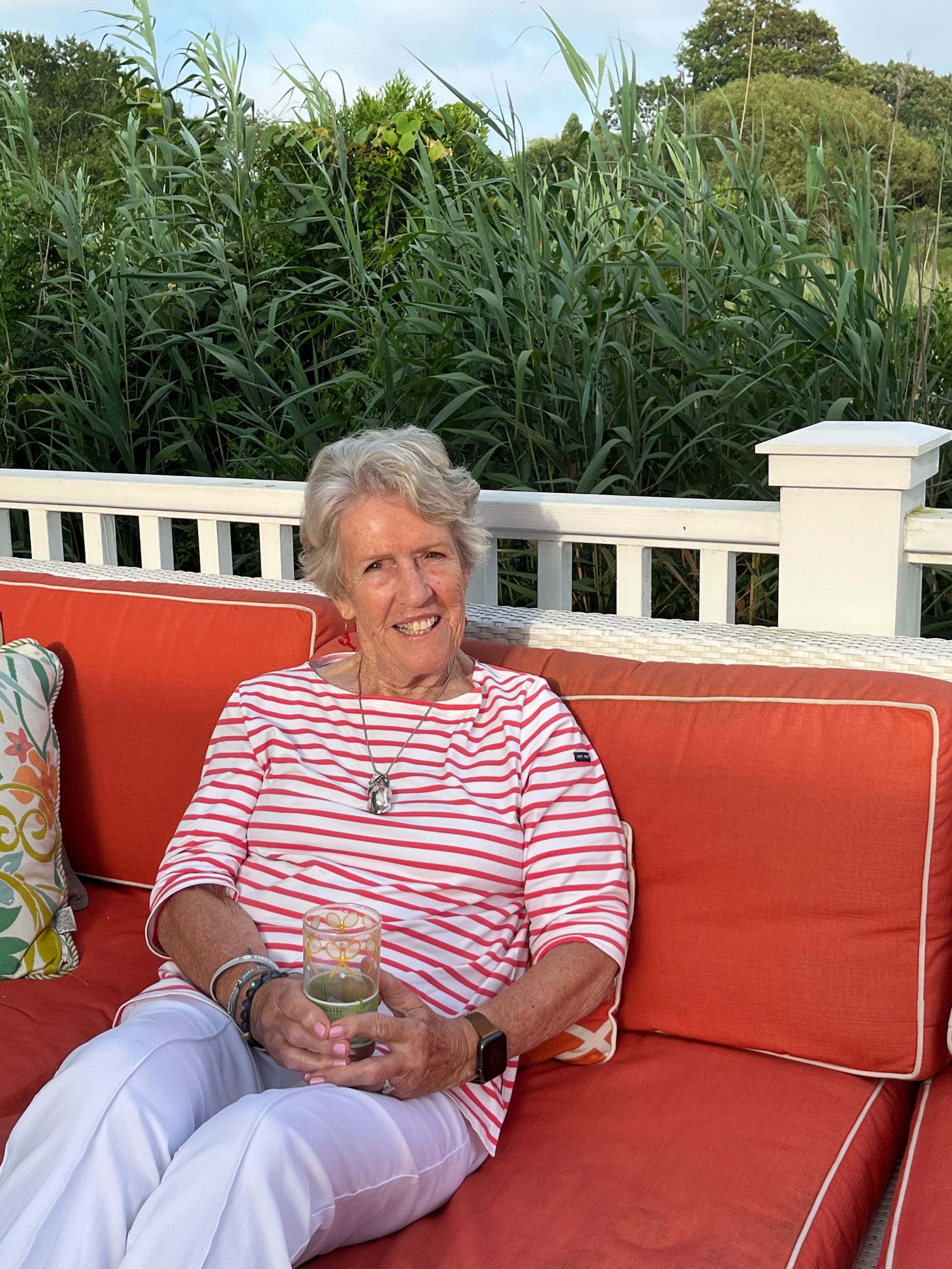WALKING NEARLY 200 MILES IN HIS GREAT-GREAT-GRANDFATHER’S FOOTSTEPS
/When Ray Shevenell was 10, he read a newspaper article about his great-great-grandfather Israel Shevenell’s 188 mile trek from Compton, Canada to Biddeford, Maine in 1845. “I’m going to do that some day,” he promised himself.
That day came in late May 2015 when 74-year-old Ray drove nearly 200 miles north to Compton with his daughter Tonya. Their goal was twofold.
Ray wanted to retrace Israel’s pioneering journey and walk in his ancestor’s footsteps to Biddeford. After being told by his heart surgeon several years prior that he “should never run again,” Ray took up walking. He had grown up in Portland and lettered in track at Cheverus High School. He attended Georgetown University on a four-year track scholarship. “I’ve run and walked all my life,” he said, and he had no doubt he could successfully handle the arduous hike.
His daughter Tonya, a resident of Cape Elizabeth, had a different goal. She’d never made a film before and she wanted to record her father’s accomplishment for family history. She followed and filmed him every step of the way, then produced THE HOME ROAD, a 76-minute documentary which “explores family, history and identity — and how a journey into the unexpected inevitably leads to …. home.”
“The idea of actually doing the trek started to take hold in 2009,” Tonya says. “We committed to it in 2013. But it took two more years to organize the logistics, so he didn’t take the first step until May 31,, 2015.” Shevenell was still working full time at UNUM then, so he used precious vacation time for the walk.
“Dad’s route was based on our best estimation of Israel’s route after studying vintage road maps from 1844-1845,” Tonya says. “Dad left Compton, which is 40 miles north of Quebec and, over the next two weeks, hiked through Colebrook, Stratford, Lancaster, Bretton Woods, Bartlett and North Conway in New Hampshire. Once he crossed into Maine, his route went from Brownfield, Cornish, Limerick, Hollis Center and then into Biddeford. We knew that when Israel arrived in Maine, there were multiple roads he could have taken but we think he probably stuck closer to the Saco River in 1845 than we did in 2015.”
Little is known of Israel’s personal hardships as he walked here from Canada 175 years ago. But Tonya was filming Ray’s ambulatory adventure so every blister and raindrop are accounted for. Ray says, “That first day, May 31, was cold and rainy, and my feet blistered up by my ninth mile.” Daily temperatures during Ray’s walk ranged from 35F to 85 F. While walking, he noshed on bananas, trail mix and Gatorade for energy, “luxuries” Israel did not have.
Throughout the documentary, Tonya captures Ray’s positivity, resilience and spirituality. “Let’s say a prayer to protect us during our trek,” he stated before leaving Compton, clad in a yellow LLBean slicker and rain hat. Waving at every passing car and truck during the entire two weeks, he admits he enjoyed hearing “non-civilized noises” of birds chirping, cows mooing and the wind rustling through overhead branches as it swept down from the mountains. “The scenery was spectacular,” he said.
Because of his blisters, Ray Shevenell walked almost the entire route in excruciating pain. He tried to find relief by switching from leather hiking boots to running shoes, then to thick-soled sandals, and then to a combination of sandal and running shoe. But he never stopped smiling, even in the Emergency Room of a hospital near North Conway, New Hampshire where he went for treatment of his ulcerating blisters.
“How he responded to all this made me so proud,” Tonya says. “He was determined to finish — and he did — even though he used more bandages every day.”
On Friday, June 12, 2015, Ray Shevenell walked into the town his great-great-grandfather Israel had come to in 1845, but with far more fanfare. As townspeople gathered in Shevenell Park (named after his great-great-grandfather) to welcome and cheer his amazing accomplishment, Ray said, “I’m very proud of what my great-great-grandfather accomplished. I now know how difficult his original trek was. But after nearly 200 miles walking in his footsteps, here we are — safe and home. I’m exhilarated and I feel I could do this again!”
(Above, Shevenell Park is just off Main Street, Biddeford. It’s a peaceful oasis in this bustling city and a popular spot for coffee breaks and al fresco lunches. And note the brick sidewalks!)




